This is how it ends, not with a bang but with a loud pop
The Hobbit: The Battle of the Five Armies is not a complete disappointment, even with its multiple flaws, and it should leave most fans satisfied with this final chapter to the epic treatment of the novel by director Peter Jackson.
The film picks up right where the last one left off, with Bilbo Baggins (Martin Freeman), Thorin Oakenshield (Richard Armitage), and the rest of the gang of Dwarfs reclaiming their homeland.
But with the death of the dragon, Smaug (voiced by Benedict Cumberbatch), the riches of his treasure are unguarded and all five armies of Middle Earth are after it.
Eighty percent of this film is the battle of the five armies. Mr. Jackson proved in The Lord of the Rings trilogy that he can direct incredibly epic, intense, and wildly entertaining battle scenes with aerial shots of thousands upon thousands of digital enemy orcs waging war through dark and rainy environments with scared yet brave men ready to fight.
He gave us gritty medieval combat that made up some of the best battle scenes in all of cinema, but this battle scene is not like those.
The battle of the five armies simply seems a lot more childish. It is much more colorful and playful with a lot of very stylized action that many times defies physics and just looks silly. For example, in one scene, the elf known as Legolas (Orlando Bloom) is jumping from one piece of falling rubble to another piece of falling rubble as if they’re stairs.
Mr. Jackson also seems to have gotten lazy (or maybe just tired) with The Hobbit trilogy’s incredibly high use of CGI technology. Most of the orcs in the film look like cartoons. I realize a lot of CGI was used in The Lord of the Rings trilogy as well, but not nearly as much and not nearly as obviously.
In The Lord of the Rings, the main orc villains were actors in incredibly real looking makeup that won the franchise a few Oscars and made them look menacing and not like a cartoon.
The film’s action is not bad, it just does not compare to that of The Lord of the Rings. When the audience is not witnessing a physics-defying stunt or obvious green screen and CGI moments, the battle sequences are engaging.
These moments show that Mr. Jackson is still capable of directing a top-notch action sequence; it just feels as though he has gotten a little bored with Middle Earth.
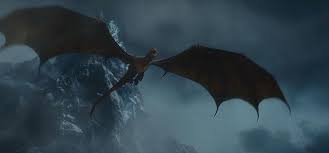
The acting overall is pretty good with Mr. Freeman reprising his role as the lovable and increasingly adventurous hobbit, Bilbo Baggins. Ian McKellen is also good as the wise and protective wizard Gandolf, as is Mr. Armitage as the stubborn but strong Thorin Oakenshield, who begins to lose his mind over trying to find his people’s stone, but makes a somewhat clichéd and convenient turn when he and his gang of Dwarfs are needed in battle.
The film lacks the emotional punch of the other five films in the Middle Earth saga. Due partially to the fact that the majority of the film is the battle, viewers have more “oh that was cool”moments than any connections with the characters.
Mr. Jackson and the rest of the screenwriters (Philippa Boyens, Fran Walsh, and Guillermo del Toro) seemed to struggle with this by trying to manufacture emotional feelings, but failing with elements like the love story between the elf Tauriel (Evangeline Lilly) and the dwarf Kili (Aidan Turner), which fell flat and was very hard to buy into.
There also were no breaks during the almost two-hour-long battle scene, which was a little underwhelming and prevented the story from being richer with a glimpse of what other characters were up to or having flashbacks or flash forwards to further develop characters or further connect the story to The Lord of the Rings.
Even though this film is the weakest of The Hobbit trilogy, it is still a decent and entertaining end to a story encompassing six films total.

Nathan Richardson is a truly talented and gifted individual. He has been a student at AMSA since 8th grade. He is now a senior and still does not really...

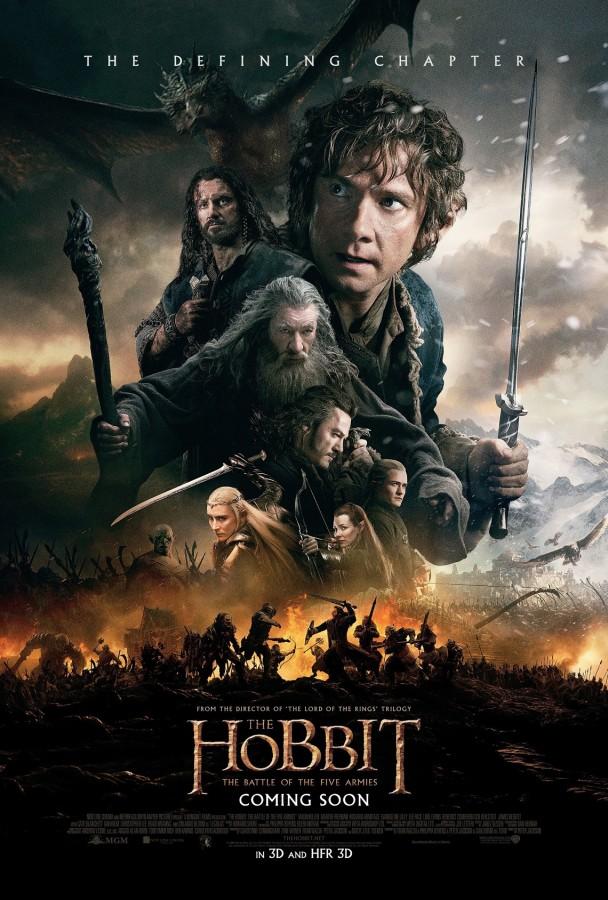
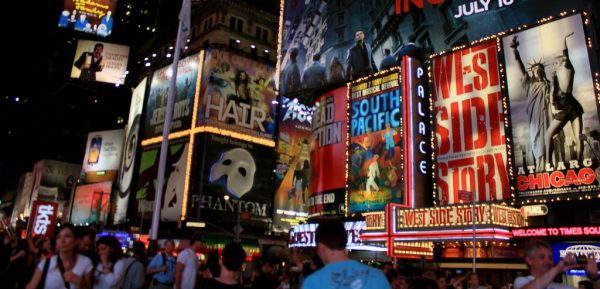
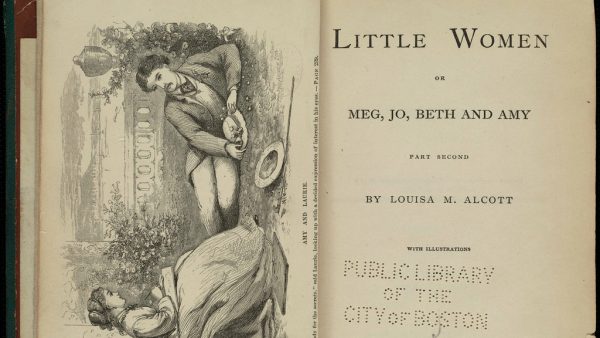


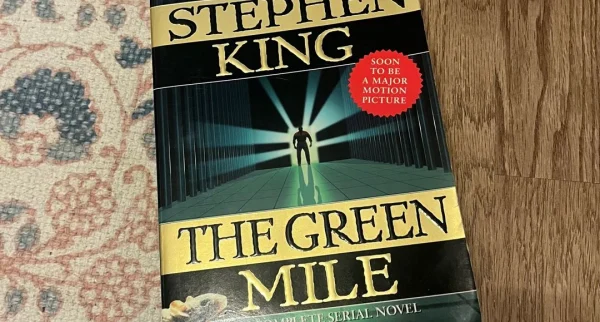
Adam Nicholas • Jan 7, 2015 at 9:27 am
I feel there is a right to compare The Lord of the Rings with The Hobbit, because it is the same world with the same director. The Lord of the Rings, despite being released well over ten years ago, had superior special effects and screenplay than The Hobbit. What The Lord of the Rings did differently was that it needed to make a first impression on its viewers, unlike The Hobbit, which was created and produced around the fact that people who like The Lord of the Rings would also like The Hobbit, and the quality of the actual movie, including special effects and screenplay, did not need to be produced to make a first impression. The Hobbit did not leave as much as a significant mark on cinema as The Lord of the Rings.
Anirudh Kaushik • Jan 5, 2015 at 7:59 pm
I don’t think it’s fair to compare this film (or any of the Hobbit films) to the Lord of the Rings Trilogy. Both J. R. R. Tolkien and Peter Jackson sought to vary their artistic style when portraying the story of The Hobbit, and this is clear when we read/see it. Unfortunately many people make the mistake of expecting to see the same or similar style of movie that was there in the LOTR and, when they do not find such a style, are inadvertently disappointed. While I agree that there are some instances where the world of Middle Earth in The Hobbit trilogy looks a bit cartoonish or fake and is unappealing to me, I disapprove of assigning it blame simply because it’s not like it’s older brother.